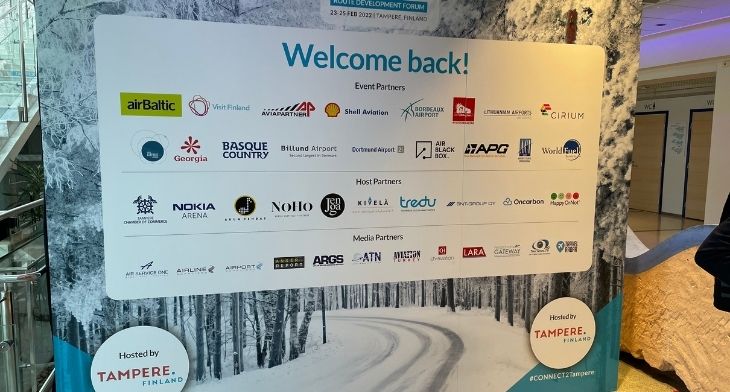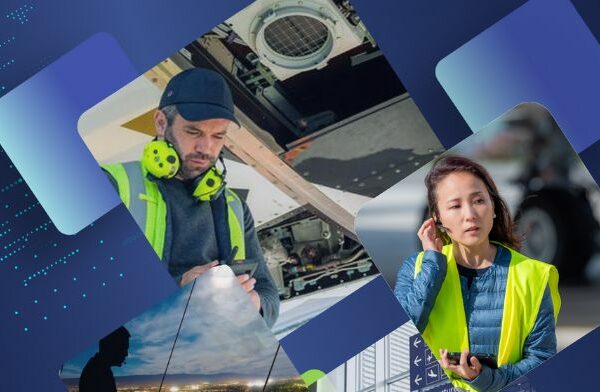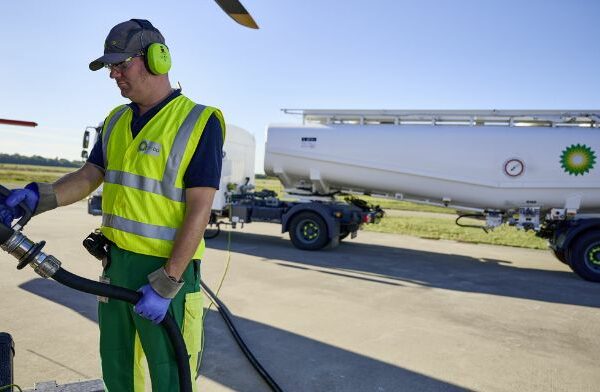


This year’s CONNECT route development forum, which is taking place in Tampere, Finland until Friday 25 February, saw airports addressing the lessons they’ve learned during the global pandemic.
Glyn Jones, CEO of London Southend Airport, explained that one of the biggest lessons learned has been the need to “better understand the consumer and their emotional motivations for travel.” He also revealed that an insight and experience of the ever-changing mix of media that are relevant to today’s mixed customer base has been key, as well as the importance of delivering on the end-to-end customer experience. “Despite the fact we’ve taken a brutal pounding we have still delivered for our customers, one example being our investment in CT x-ray scanning technology during the security screening process so customers don’t have to remove liquids or laptops from their bags.”
Revenue diversification has also been crucial during the pandemic. “We have benefitted from cargo and business jet opportunities, which have provided a much-needed income stream in a low/ no commercial passenger context. Non-passenger related incomes from property, re-purposing of facilities and training have also proved invaluable.”
Jones also remarked that there is no long-term benefit to airlines from “bleeding” or over-exposed airports. “In the end we all need each other. We need a significant network of regional as well as larger hubs.”
Speaking on behalf of Bordeaux Airport in France, Simon Dreschel the airport’s CEO said the French regional hub is in a strong position as Bordeaux has the strongest population growth in the country. “The challenge now is on achieving sustainable development in line with the local authority guidelines. COVID has shown we need to be flexible and diversify our activity and revenues, so we are exploring the possibility of becoming an energy production centre for the region. Our focus is not simply on passenger volumes, but how we can diversify.”
Meanwhile, Aarhus Airport’s Director of Route Development, David Surley, underlined that in some ways the pandemic has created an opportunity for Aarhus to invest and expand by pushing ahead with its new terminal – an all-Danish designed facility for 1.5-3 million passengers per annum.
Reiterating Jones’ message about understanding the customer base Surley said: “Style and design are important to the Danish customer base and it’s important we deliver a first-class experience to all passengers. Ryanair is our largest carrier at Aarhus and LCC traffic is our bread and butter, but passengers are treated to the same first-class experience whether they are low-fare or premium ticket holders.”
As well as featuring new departure and transit lounges, new passenger security and border control zones, a new airport hotel and car rental complex Aarhus’ new terminal also features an indoor football pitch.
When it comes to continued collaborations with airlines, both Surley and Jones agreed there is scope for airlines and airports to work together more closely to deliver a greater social benefit.
Meanwhile, Dreschel noted that with Bordeaux the first French airport to have one of its routes (Bordeaux-Paris) cancelled, following the French Government’s move to suspend flights if the trip can be completed by train within two and a half hours, its now more important than ever to collaborate with airlines on “why we are serving certain routes, rather than focusing on the passenger volume.”
As for which new route they would choose to put at the top of their wish list, Surley couldn’t limit himself to just one route suggesting there are multiple regional and international links he’d like to see being added to Aarhus’ network. Dreschel declared his wish would be to reinstate a SAF-fuelled Paris-Bordeaux link, while Jones concluded he’d chose Amsterdam which would open up greater opportunities for long-haul travel for those flying from Southend.






